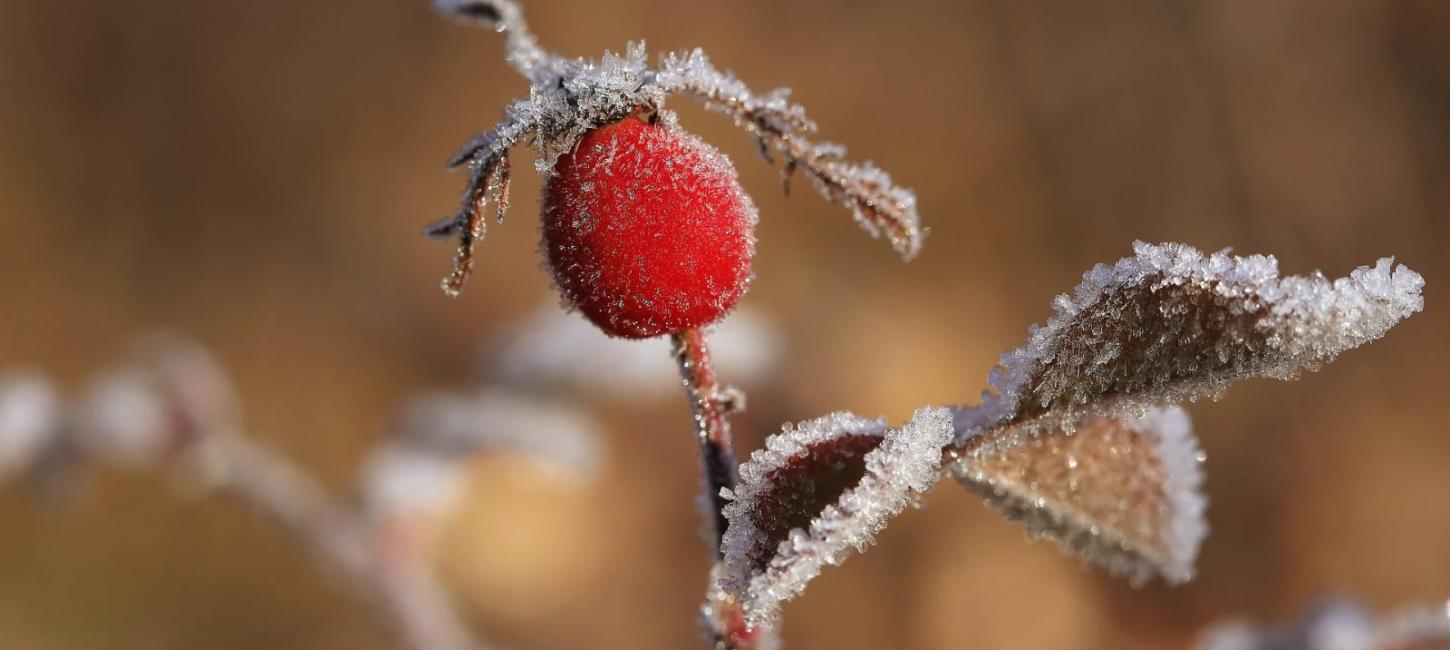
Winter flowers
It is not only during the sommer months, that nature blooms. Annual bluegrass and daisies are amongst some of the flowers which bloom and ensure their species' survival during winter.
Annual bluegrass
One of the most common winter flowers is the annual bluegrass. The plant is a type of turfgrass, which usually sows itself on the edge of rosebeds and between cobblestones.
Annual bluegrass is a small plant and has a hard time competing with other plants during summer. In December, however, the competition is less tough, which the annual bluegrass makes good use of.
As soon as the weather turns mild, the plants starts flowering. When it gets cold, the flowering might fail, but the loss is limited. Furthermore, the sparrows tend to like the seeds of the annual bluegrass, which means the birds help distribute the seeds.
Common daisies
One of the most well-known "winter-flowers" is the daisy.
Walk onto your lawn or a field and look around. There will always be daisies blooming. Even underneath the snow - you can find them when you are rolling snow for snowmen and -women.
The daisy's trick is the same as that of the annual bluegrass. If the blooming succeeds during the winter, more new flowers will bloom next year.
Roses
Roses do not only belong in the summer months. With its red rose hips adding a splash of colour to the winter landscape and the indoor flower decorations, the rose can also be called a Christmas flower.
Smaller birds eat the seeds of the flower and seek refuge from predators amongst the roses' thorns, so a wild rose is beneficial in a bird-friendly garden.
Wild roses, which grow in the Danish nature, are often overshadowed by garden roses and the ever-present beach-rose, but there are actually several wonderful, wild, Danish roses. Among them, the dog rose, which is an adept climber, the sweet briar with its lovely scent, the Scotch rose with its soft leaves and black rose hips, the glaucous dog rose and the dowry-rose.
These species can get very old, some of them are difficult to tell apart, and some of them we actually sometimes forget exists.
Written by: https://naturstyrelsen.dk/naturoplevelser/naturen-netop-nu/vinter/vinterens-blomster/